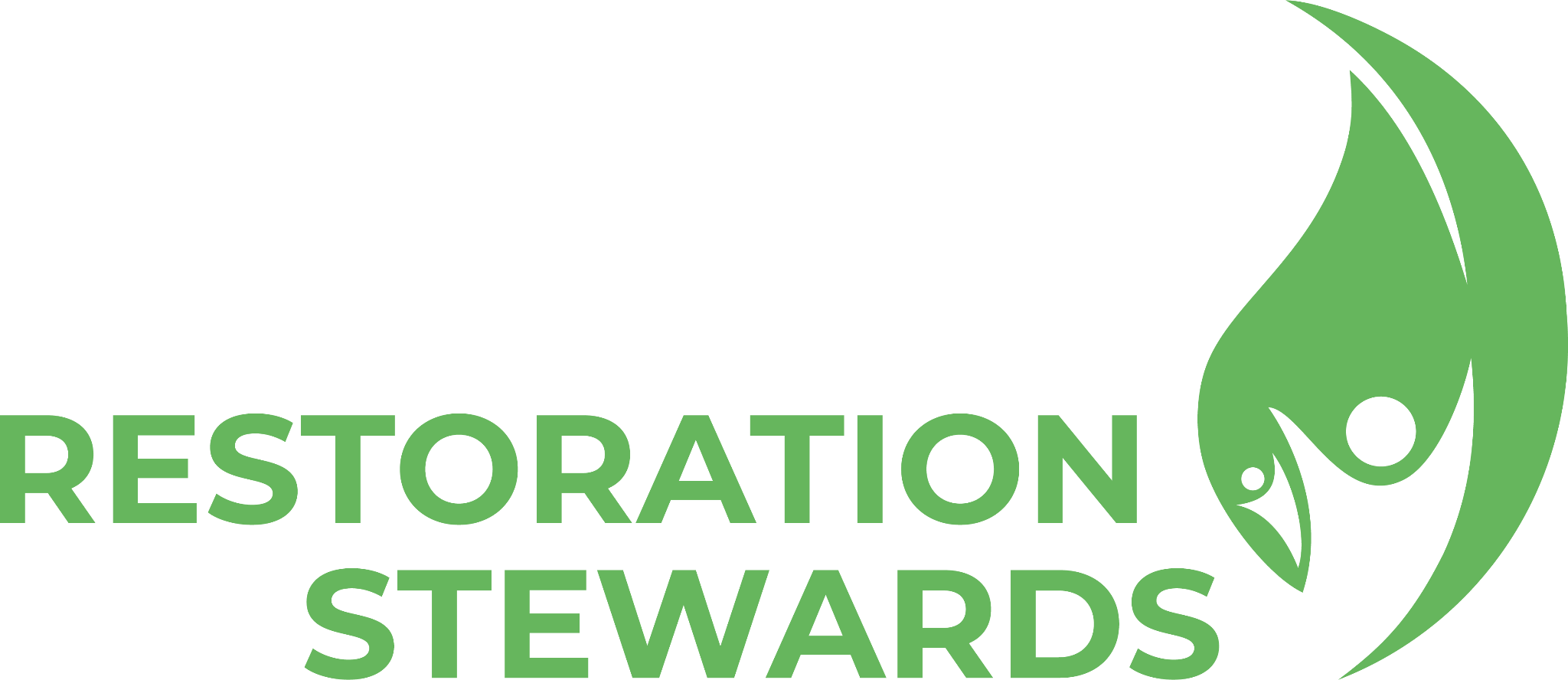Seagate Coral Monitoring
As one of the most diverse and valuable ecosystems, coral reefs are now considered the most vulnerable ecosystems to climate change and local anthropogenic pressures (Hein et al. 2020). Healthy coral reefs provide habitat and food for about 4,000 species of reef fish and hundreds of other species (Veron 2000, Lieske and Myers 2001), protect coastal areas from damage caused by waves and become livelihood for at least half a billion people around the world through fishing, recreational and tourism activities.
A coral reef actually has the ability to naturally recover from damage. But their ability is profoundly affected by the level of chronic anthropogenic disturbance. Reefs that are stressed by human activities often show poor ability to recover compared to the unstressed coral reefs. Though, this recovery process will take many years and restoration comes as our assistance to natural recovery.
As part of Carbon ethics, we managed to transplant 1,000 coral fragments in our Seagate structures in Padang Bai, Bali. This is a very good start to our coral restoration program. Restoration activity won’t finish and stop at coral transplantation activity only but includes a monitoring program and maintenance. Through these activities we ensure all the coral fragments are free from disturbances that will affect their ability to grow. The first six months is a critical period for transplanted corals.
The objective of monitoring is to identify problems that may need adaptive management, such as maintenance, and to show progress towards goals, which is the increasing coral cover. Here are 6 activities we carry out in our monitoring and maintenance program:
- Taking coral height data and visually observing the condition of the corals in 4 quadrants on each side of the Seagate structure
- Taking a photo from each quadrant
- Gently brushes the coral, this is important to prevent notably fleshy or filamentous macroalgae covering the coral surface and blocking off sunlight for the zooxanthellae to photosynthesize.
- Removing any loose fouling materials, whether in the form of man-made flotsam (e.g. garbage, fishing net) or natural items like loose seaweed fronds and also sponges and tunicates that may overgrow our corals.
- Reattaching the detached transplants since the corals haven’t properly attached themselves to the structure, some coral fragments may get detached as a result of physical disturbance (e.g. waves, fish, divers).
- Ensuring there’s no coral predators such as some gastropods (e.g. Drupella, Coralliophila) and some echinoderms (e.g. Acanthaster, Culcita) attached to the corals.
We do the monitoring once every two months and are very excited to see all the coral grow well under our care.
Resource:
Hein MY, McLeod IM, Shaver EC, Vardi T, Pioch S, Boström-Einarsson L, Ahmed M, Grimsditch G. (2020) Coral Reef Restoration as a strategy to improve ecosystem services – A guide to coral restoration methods. United Nations Environment Program, Nairobi, Kenya.
Veron JEN, Stafford-Smith MG (2000) Corals of the World. AIMS, Townsville
Lieske, E, Myers, R (2001) Coral Reef Fishes: Indo-Pacific and Caribbean. Princeton University Press


